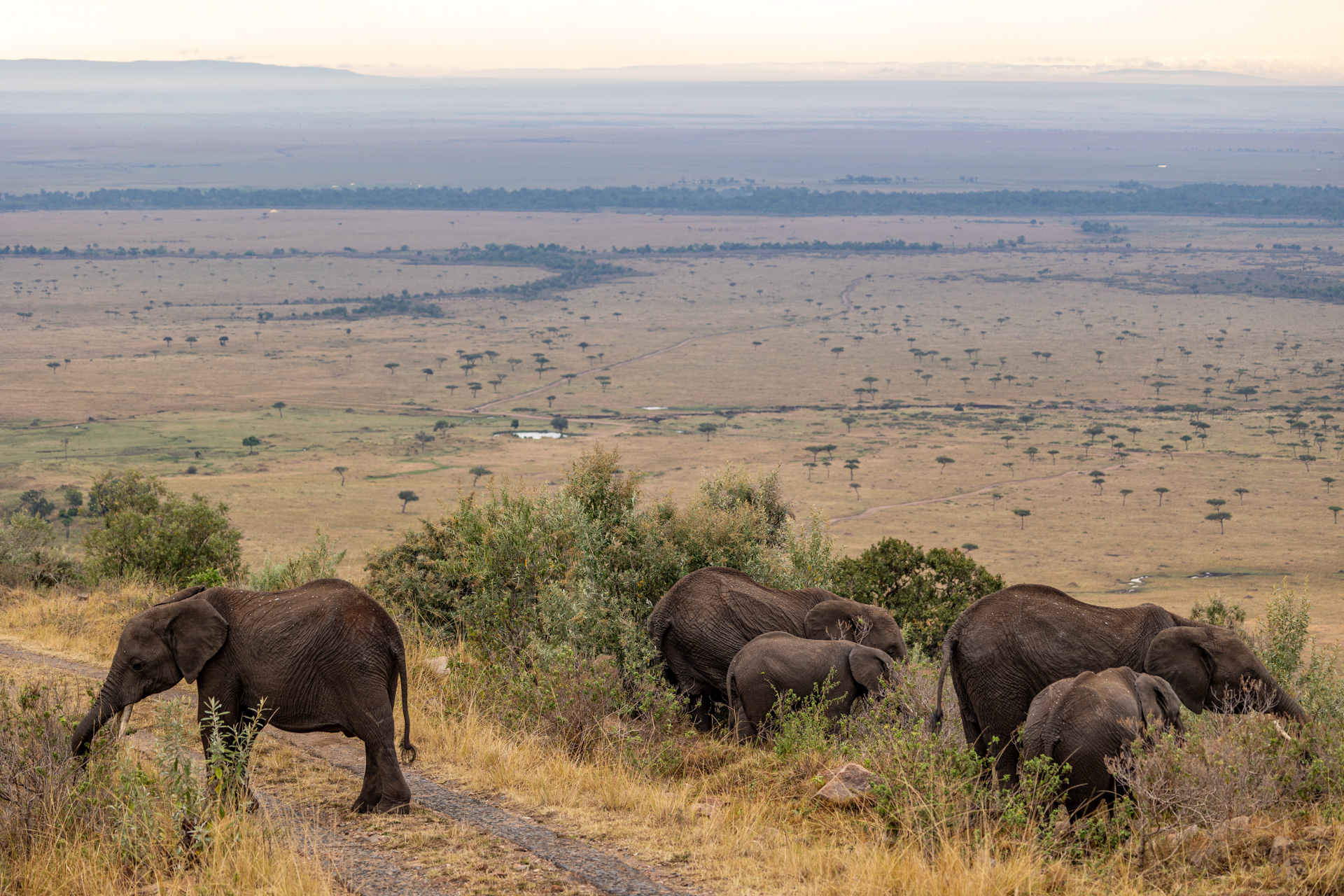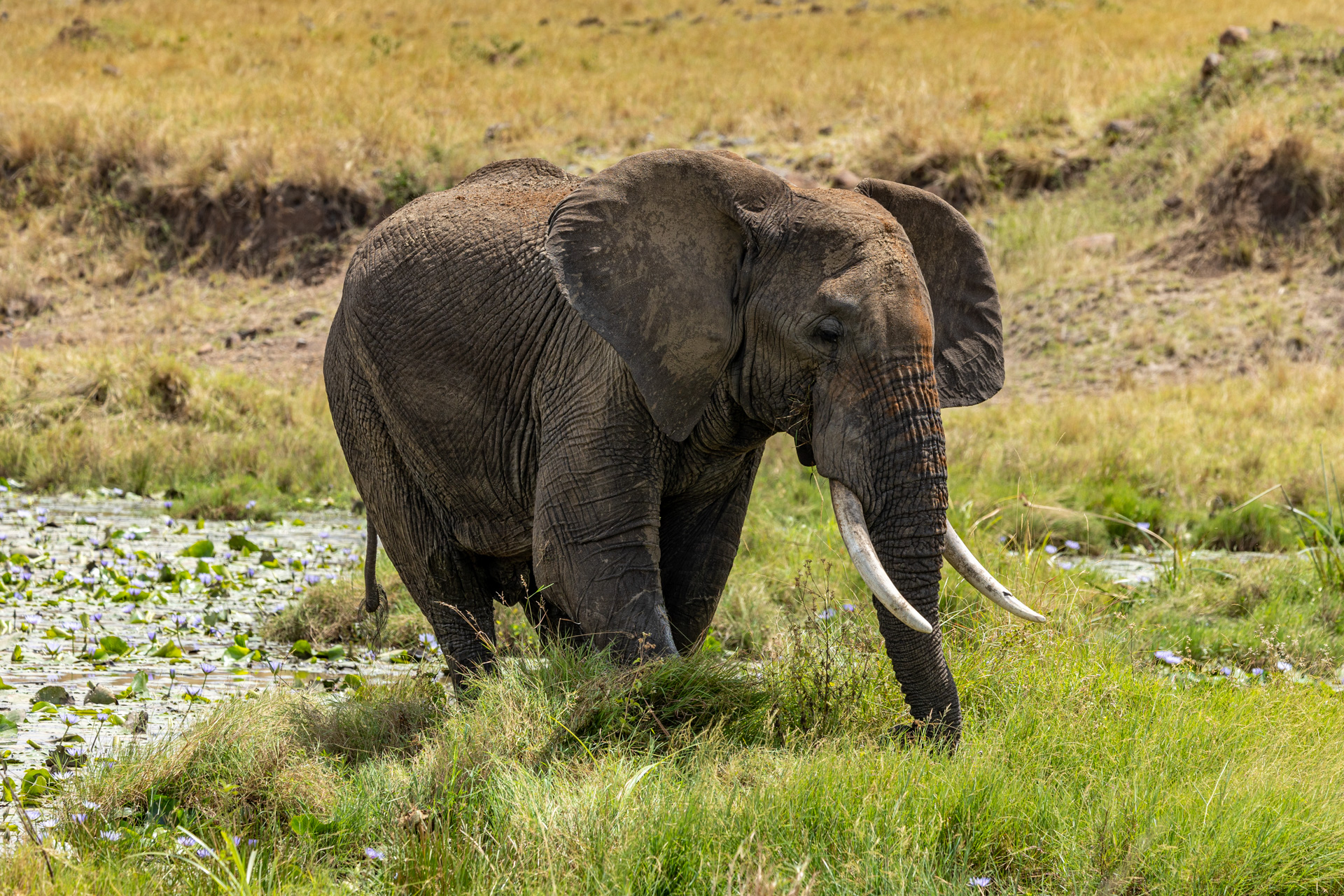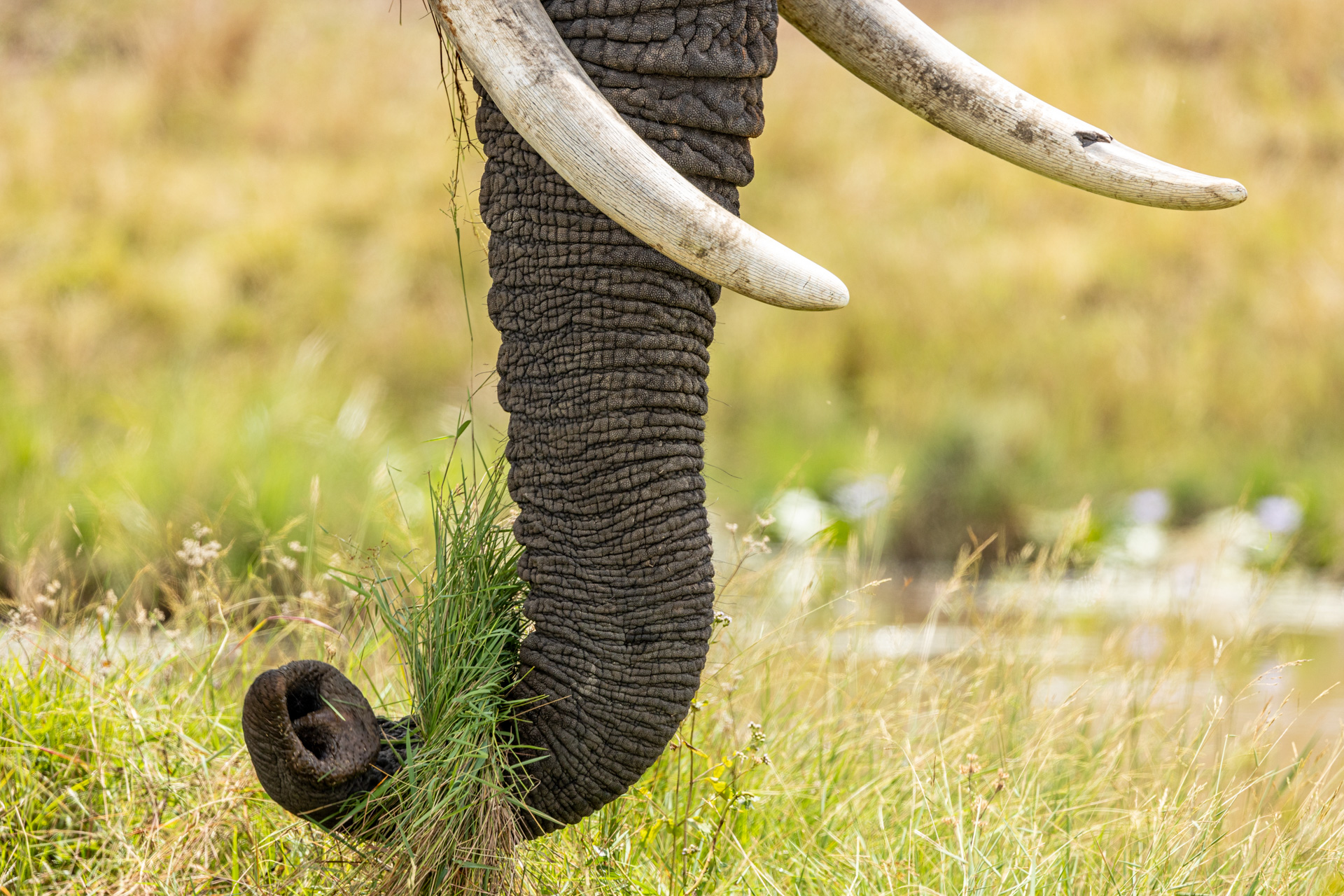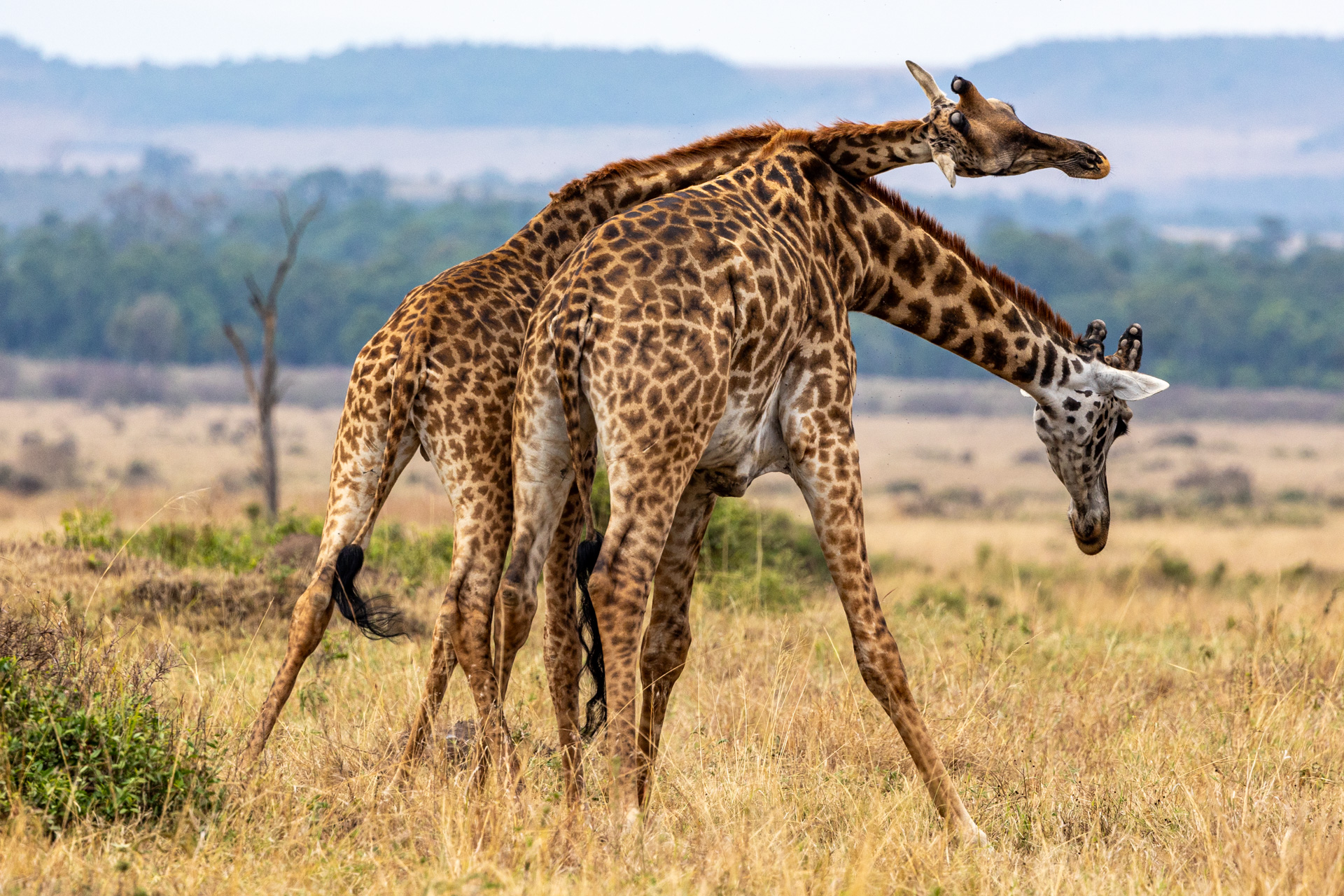The Mara has received some much-needed rain, both up on the escarpment and down in the Triangle. Lightning and thunder can be seen and heard across the savannah and we are all happy to see that the local dam is filling with vital water. But almost every morning the rain clears and the sun comes up bright, which is great for guests and guides alike as animals tend to be more active after it rains. Elephants have been heard and seen travelling up the escarpment — on one occasion we even had them greeting us near the gate on our sunrise drive.



At the Egyptian Pond, we came across an old bull elephant in the middle of a small island in the water. It was carefully and ever-so-gracefully picking fresh green grass on the water’s edge. At this age, their teeth are not as strong so they need to use their flexible trunk, which has thousands of small muscles, to separate the roots and dirt from the more nutritious grass. Elephants have a digestive system that processes only about 40% of what they eat so finding vegetation that is nutritious is essential.


Guide Tito had a rare sighting of what he suspects to be two calves similar in age — possibly twins — both feeding from the same mother. It is a very rare occurrence, twins in elephants, as only about 1% of births will be twins. While one calf appears to be slightly bigger in this case, it is not common to see two calves nursing at the same time.

It is always interesting to observe the behaviour of necking in giraffes when males fight to assert their dominance. Although some of these battles can be deadly when these animals are older and bigger, we spotted two young males who seemed to simply be play fighting. One of the ways to distinguish between males and females is that the tuffs of the ossicones are less hairy on the males because of the amount of necking that they do.

The Egyptian Pride was spotted again this week. As Sammy arrived at a sighting, we noticed a young wildebeest that had been captured by the adult females and the younger cubs were left to kill it — this is an instinctive practice to teach hunting behaviours to the younger offspring. They were spotted with a Nyati Six male, which is likely the same one that was with them last week, and possibly the father of the cubs.
We continue to have good luck with cheetahs in the Triangle, as the brothers, Ruka and Rafiki, were seen heading towards the Serengeti. As mentioned last week, they brought down a wildebeest as there is plenty of food to go around thanks to the Great Migration.
There is just something about the piercing gaze of a bird of prey — this brown snake eagle stood on a mound, seemingly waiting to be photographed. These birds are typically solitary and only raise a single eaglet at a time.
The Migration sees the movement of both wildebeest and zebra herds moving across the plains with at least half a million zebra come from Serengeti each year. I was able to capture a photo of a baby zebra at only a few days old. The babies are born vulnerable and have a weak immune system, but they have long legs which help them to blend into the shape of the mother to distract predators.

Last year, Manwele, Ruka and Ginger of the Inselberg males made a tour of their impressive territory. This territory has since diminished courtesy of the Nyati Six boys.
Filed under: This Week at Angama
Subscribe for Weekly Stories
Comments (0):

Weddings in the Mara